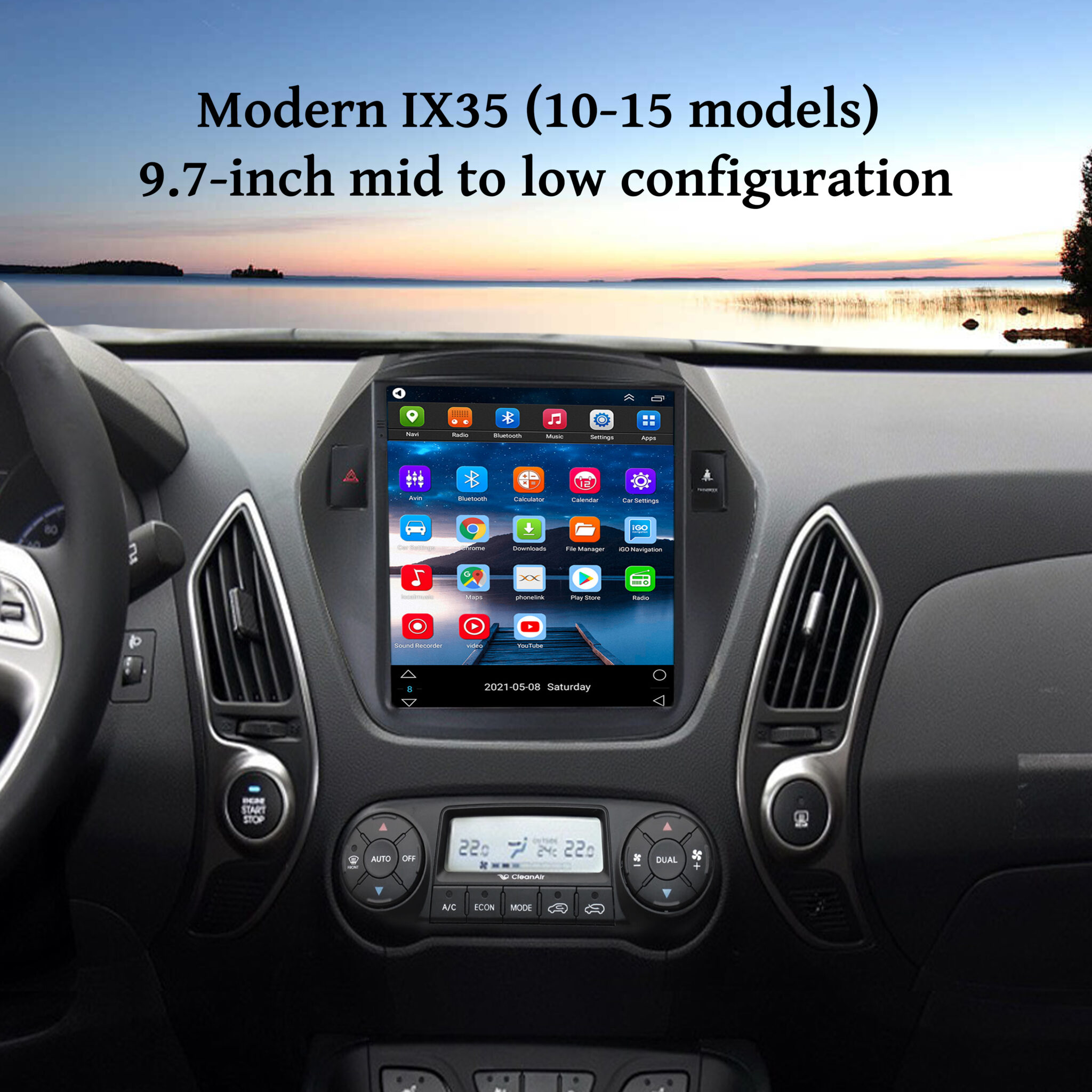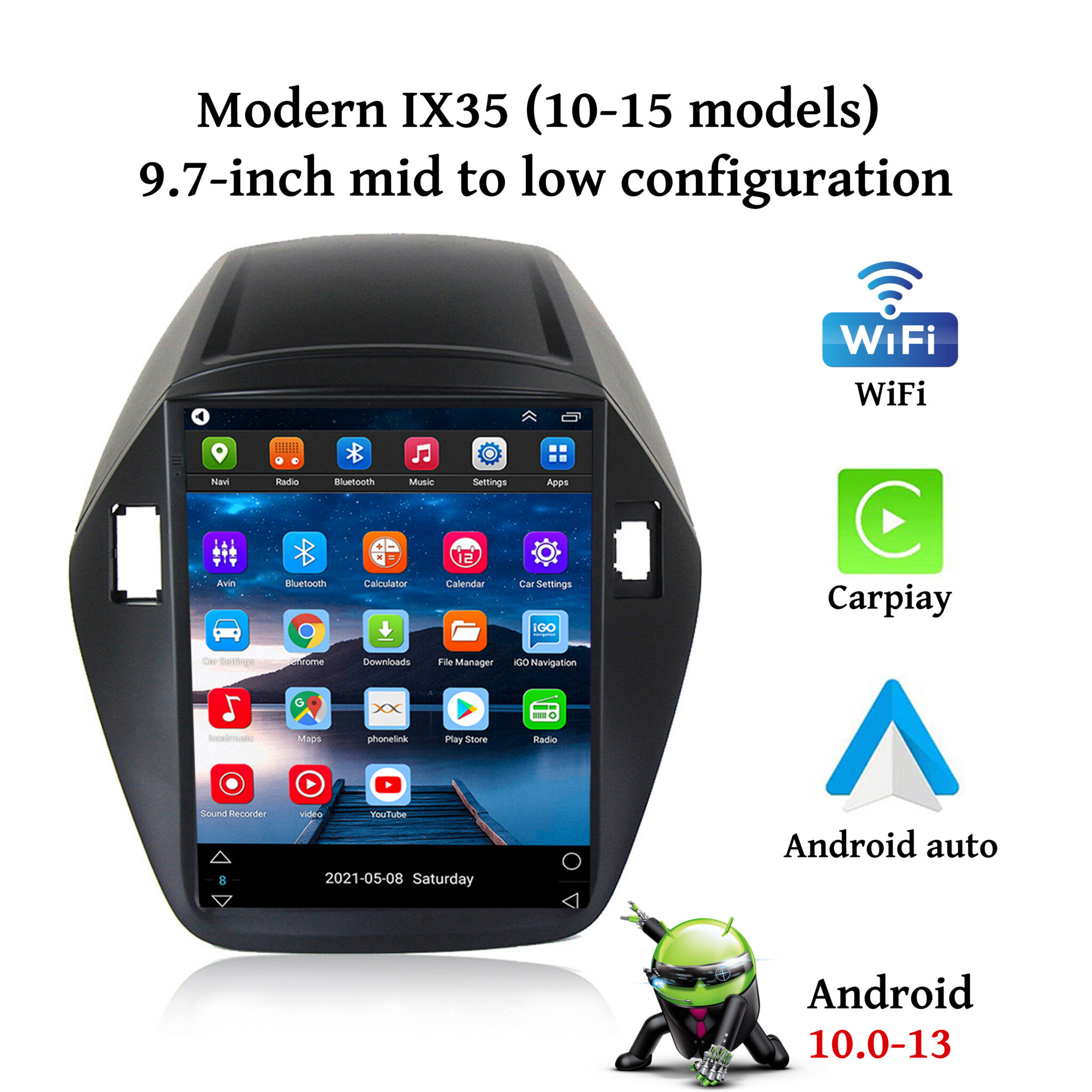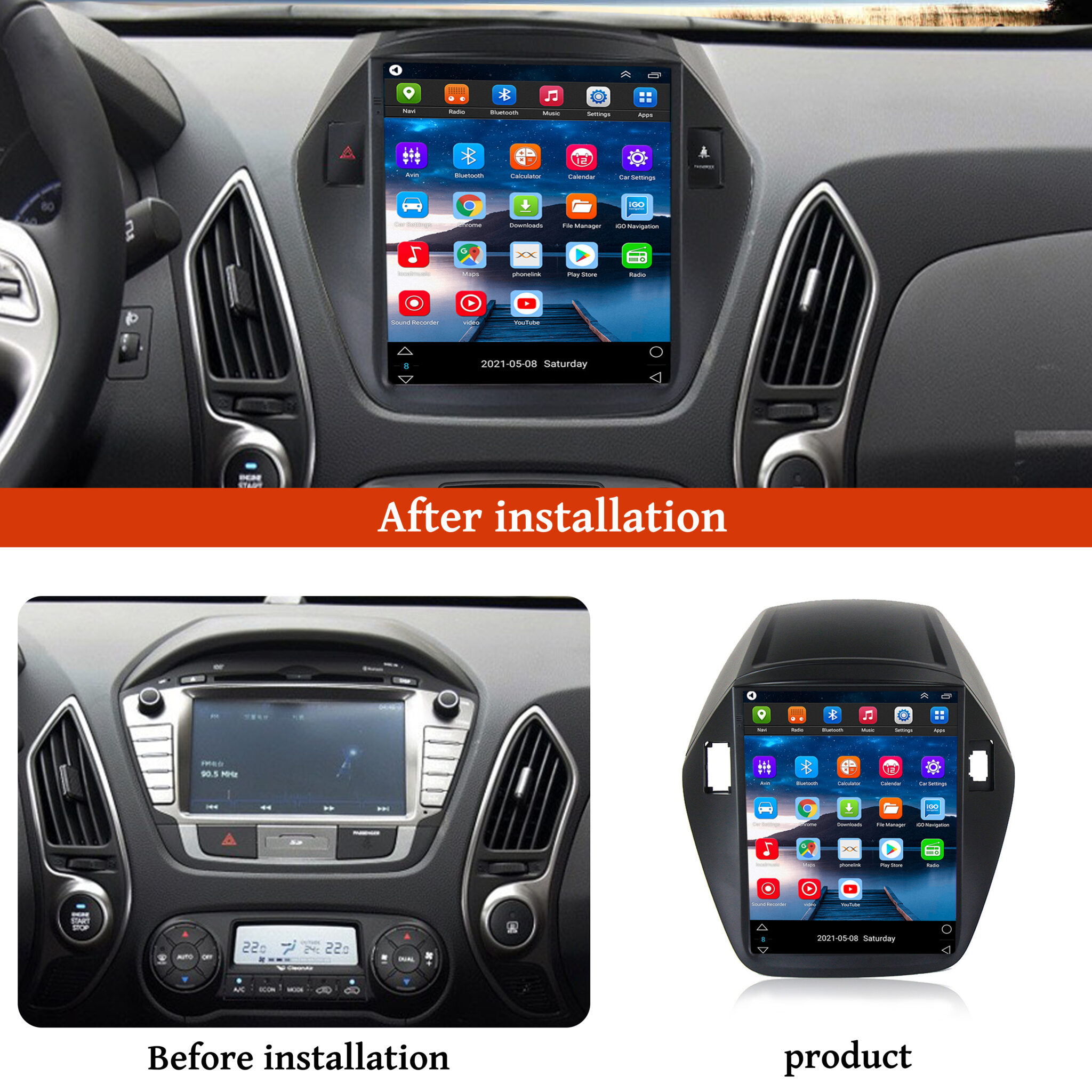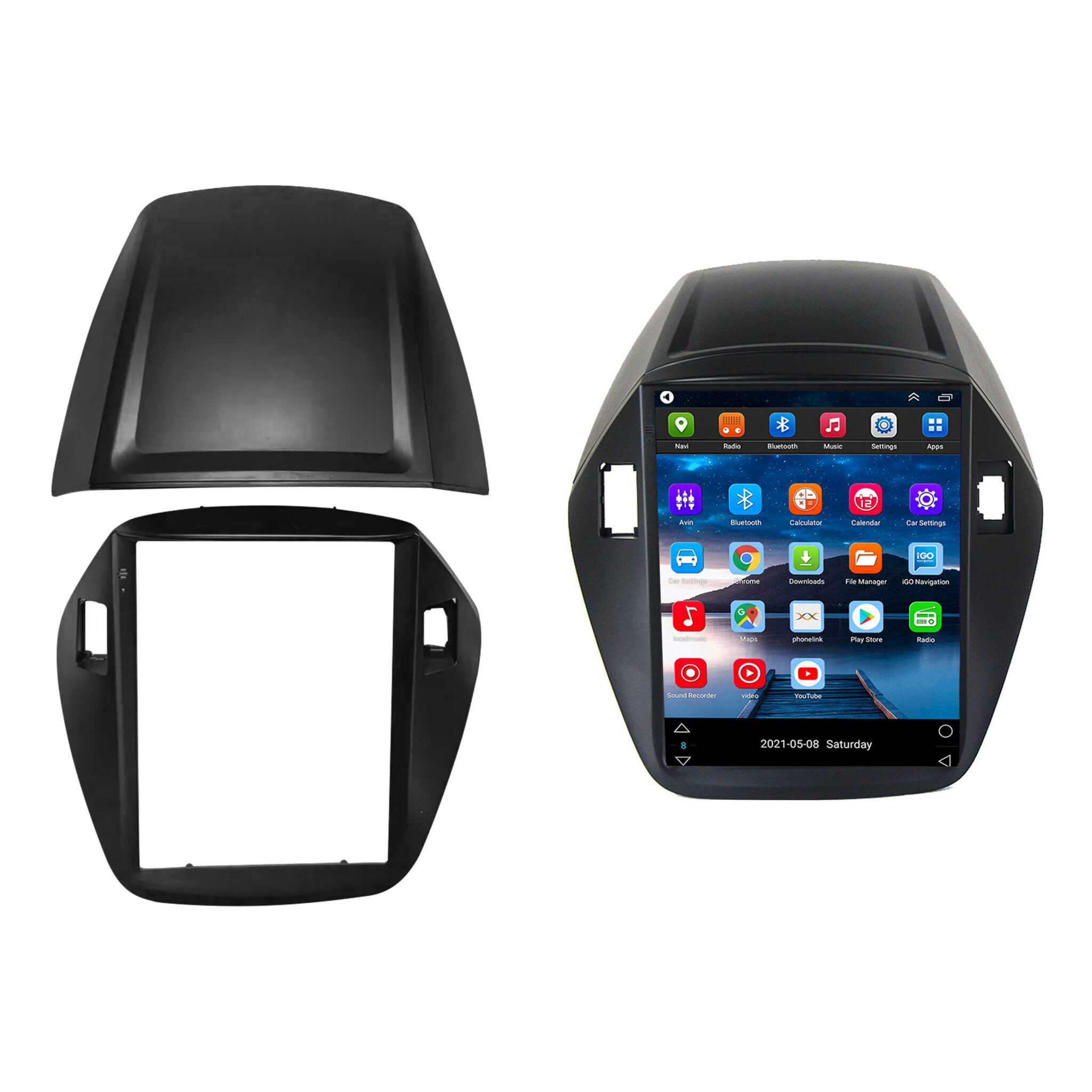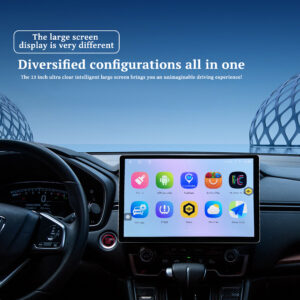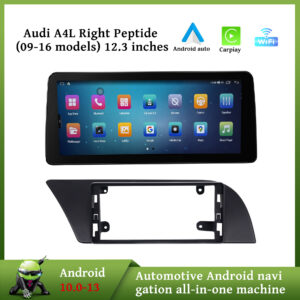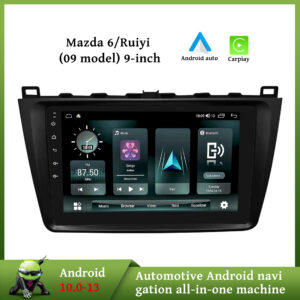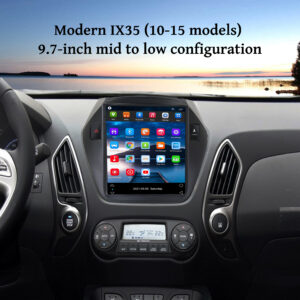Comparative Analysis of Hyundai i35 and Tesla Model
The Hyundai i35 and Tesla Model are iconic representatives of their respective automotive philosophies, each offering unique advantages in the evolving automotive landscape. The Hyundai i35 is engineered with a focus on practicality and user-friendly features, while the Tesla Model is celebrated for its innovative technology and electric performance. A thorough examination of their specifications reveals distinct differences and strengths in both vehicles.
Starting with performance, the Hyundai i35 features a range of efficient internal combustion engines characterized by responsive acceleration and commendable fuel economy. In contrast, the Tesla Model, with its all-electric powertrain, provides instant torque and impressive range, catering to environmentally conscious drivers seeking minimal emissions. The driving experience in the i35 emphasizes comfort and stability, making it a reliable choice for everyday commuting. Meanwhile, the Tesla Model pushes the boundaries of driving dynamics, offering features like Autopilot for semi-autonomous driving, which enhances the overall appeal for tech-savvy consumers.
Design-wise, the i35 showcases a modern aesthetic with crisp lines and a well-appointed interior, focusing on ergonomics to facilitate ease of use for drivers and passengers alike. The infotainment system in the i35 integrates Android Auto and Apple CarPlay, providing seamless connectivity for smartphones, a feature that modern consumers often prioritize. Conversely, the Tesla Model presents a minimalist design approach, highlighted by its large touchscreen interface that controls nearly all vehicle functions. While this design is visually striking, some users may find the lack of traditional controls a challenge.
In terms of efficiency and handling, the i35 prioritizes smooth operation with its adept suspension systems, offering a pleasurable ride experience. On the other hand, Tesla’s advanced battery technology allows for greater efficiency and lower operating costs. The differences are stark but reflect each vehicle’s commitment to meeting the demands of today’s drivers—whether they prefer the traditional driving experience of the Hyundai i35 or the pioneering electric performance of the Tesla Model.
Understanding Android Screen CarPlay Multimedia Integrations
In the modern automotive landscape, the integration of Android Screen and CarPlay multimedia systems has become essential for enhancing the driving experience. These technologies enable seamless connectivity between vehicles and smartphones, thereby simplifying navigation, communication, and entertainment on the road. The Android Screen operates via the Android operating system, allowing drivers to access their favorite apps directly from the car’s dashboard. In contrast, CarPlay, developed by Apple, offers similar functionalities but is tailored specifically for iOS users. Both systems provide drivers with a range of features that improve usability and accessibility.
One of the significant advantages of these multimedia integrations is their ease of use. Once paired with a smartphone, the Android Screen and CarPlay interface appear on the vehicle’s infotainment system, presenting familiar layouts and large touch targets. This user-friendly design minimizes distractions, enabling drivers to stay focused on the road. Both systems support a variety of applications, including navigation tools like Google Maps, music streaming services, and messaging platforms, facilitating effortless access to information and services while driving.
In terms of connectivity, both the Hyundai i35 and Tesla Model offer robust support for Android Screen and CarPlay. Each vehicle provides various options for connecting smartphones, including USB and wireless connections. This versatility ensures that drivers can maintain a streamlined experience without being tethered to their devices. While the fundamental features remain consistent across both platforms, differences in interface design, responsiveness, and app availability may influence drivers’ preferences. The Hyundai i35 tends to emphasize practicality and user-friendliness, whereas the Tesla Model often highlights a more sophisticated and responsive interface.
Ultimately, understanding these multimedia integrations allows consumers to appreciate the technological advancements that enhance their driving experiences. Embracing Android Screen and CarPlay not only improves connectivity but also promotes safer driving practices, making these systems invaluable in today’s vehicles.

